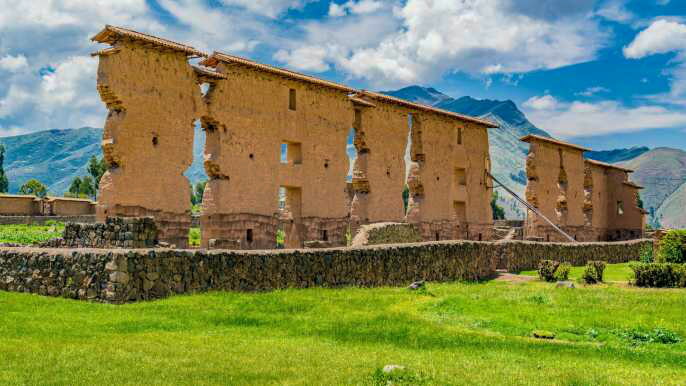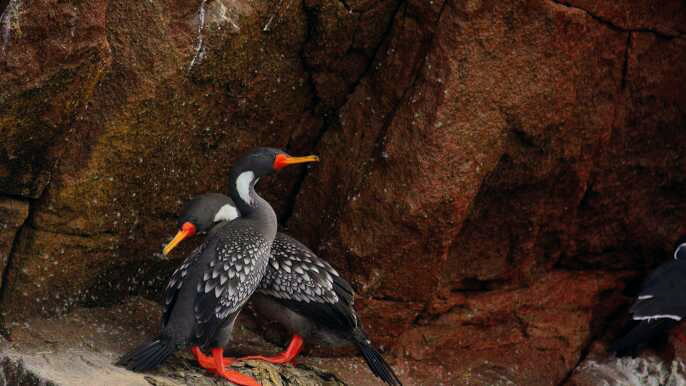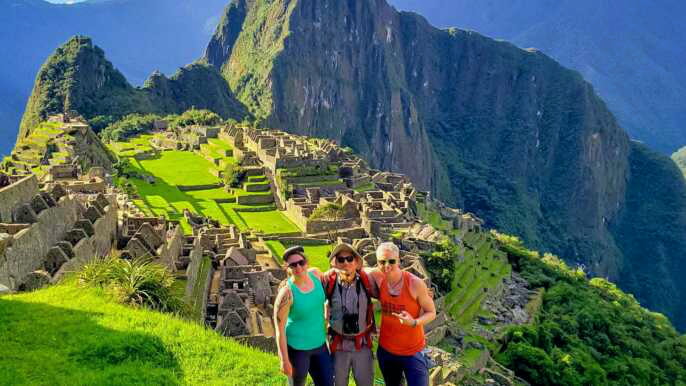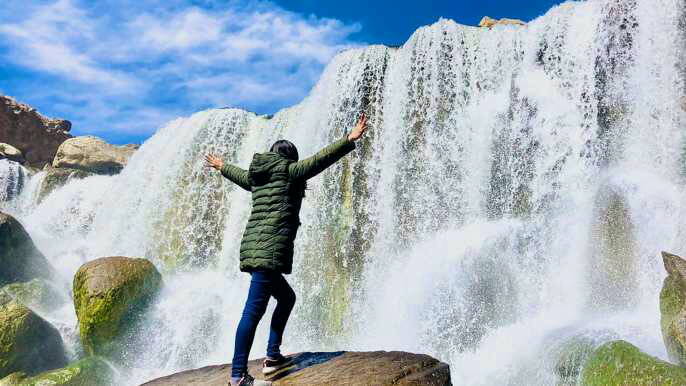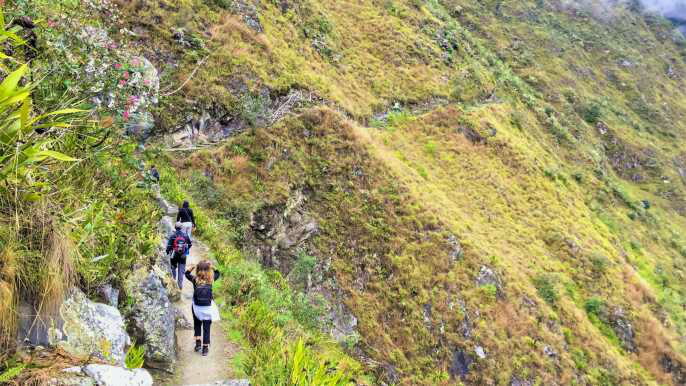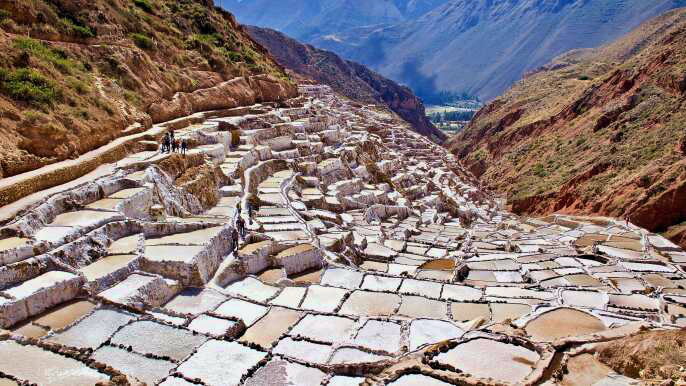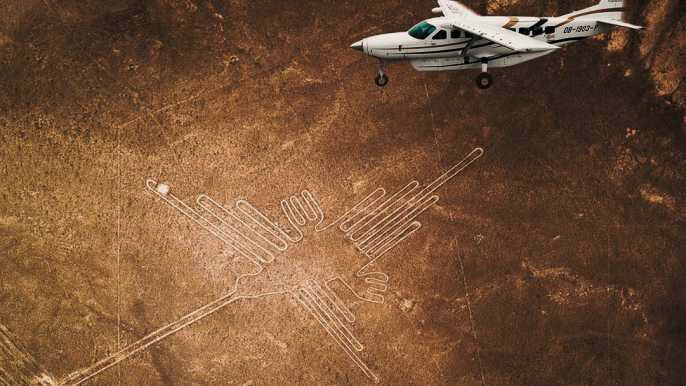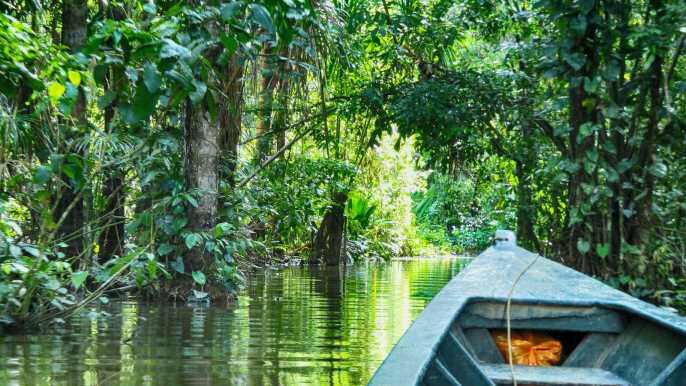Puno is the main base for exploring Lake Titicaca, the highest navigable lake in the world. It's also the capital of folk culture in Peru, with a rich history and a variety of museums.
You can't miss a visit to the Uros Floating Islands, which are made from reeds and are home to a vibrant community. You can opt for a day tour to explore these islands or, if you have more time, a longer trip to Taquile Island.
The Uros Floating Islands
The Uros Floating Islands are a fascinating community of people living in an archipelago on the shores of Lake Titicaca, just a short boat ride from Puno. This traditional Andean community floats in the lake using reeds called totora.
Tourists can visit these islands and learn about the lifestyle and culture of the locals. There are homestays where you can stay with a family in their home, and get to know their everyday life.
There is also a National Parks tour that zigzags through the reed marshland in a small boat to reach one of the Urus islands. This is a truly unforgettable experience and you will be able to see a variety of water birds and natural landscapes on the way there!
While the Uros still live in a very traditional way, they have embraced modern conveniences such as solar panels that power bedroom lights and a radio station. They have also improved sanitary facilities and installed eco-toilets.
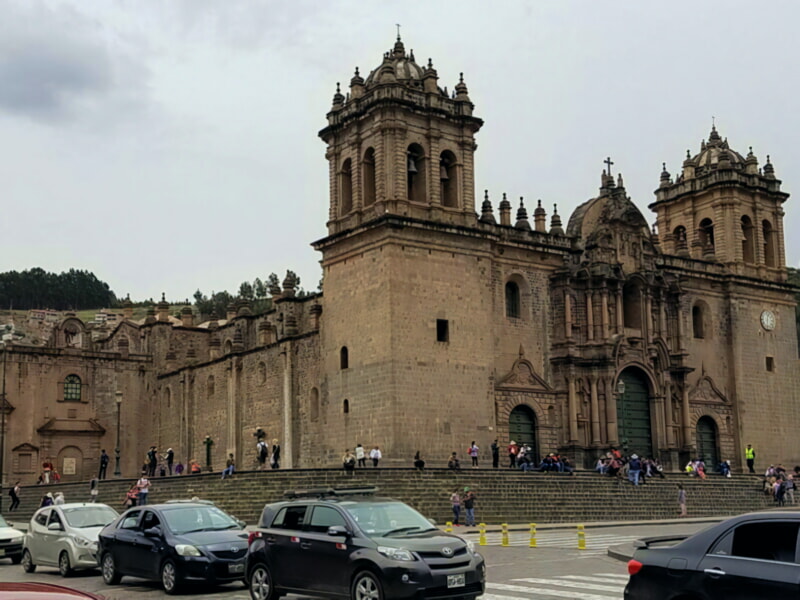
The Church of San Juan Bautista
If you are looking for a place where you can see a fusion of Incan and colonial art, then the Church of San Juan Bautista is the place to go. It is a beautiful building that has been restored with local artists.
It is one of the most beautiful and interesting places to visit in Puno. It has an infrastructure made of stone, well-kept gardens, and is right in the main square.
The church has three Gothic altars and religious paintings inside. There are also a series of sculptures in wood that you can admire.
Chucuito is a small town southeast of Puno, it is only about a 1 hour drive. The most important attraction here is the Inca fertility temple with well-sculptured phalluses that sprout from the ground like mushrooms.
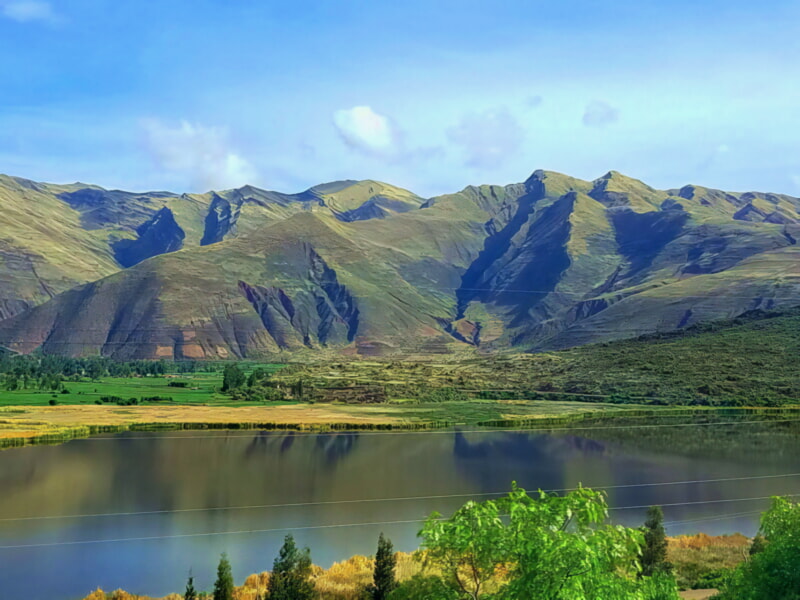
The Park of Dr. Manuel Pino
Puno, the gateway to Titicaca Lake, is a place of unique culture. Founded by the Ayamra and Inca cultures, Puno has a distinctively local feeling that is difficult to find in other Peruvian cities.
A few blocks from the Plaza de Armas, Pino Park was created in 1901 to honour Dr. Manuel Pino, a hero of the war against Chile.
It’s a lovely, church-facing park with benches and shrubbery. It’s also a great spot for people-watching.
There’s a small museum here that’s really interesting, with a good English description and lots of information about Puno customs. It also features costumes from Puno’s Candelaria festival.
Another must-see is the famous yellow house with the beautiful blue doors and Spanish balcony. It’s one of the oldest examples of colonial architecture in Puno.
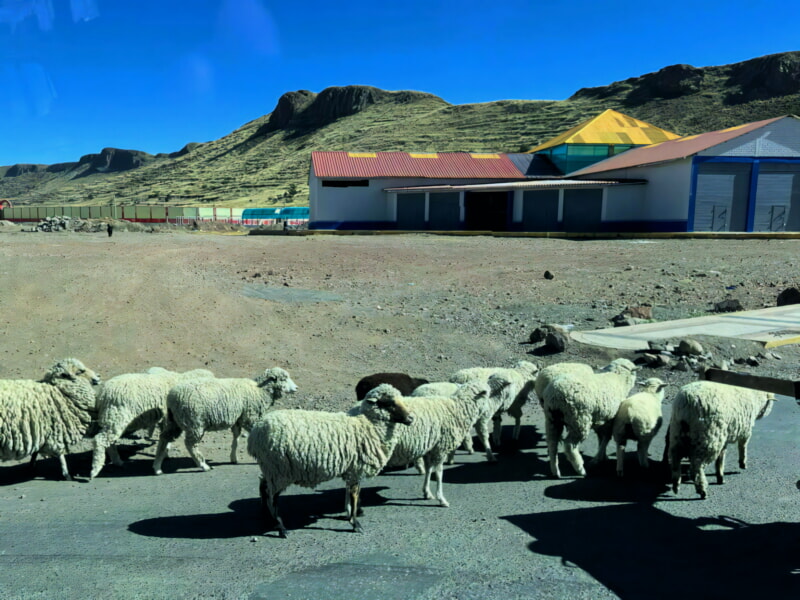
The Festival of the Virgen de la Candelaria
If you’re visiting Puno during the first two weeks of February, you should be sure to check out the Festival of the Virgen de la Candelaria. This is one of the most colorful and festive festivals in Peru, attracting visitors from all over South America.
The event is celebrated to honor the Virgin of Candelaria, the patron saint of Puno. Her statue is carried through the streets in a neverending procession that mixes Catholic traditions and symbols from the Andean worldview.
The festival starts at dawn with a pilgrimage to the top of a mountain, where a homage is offered to the Virgen. The group then descends with fireworks and songs of praise to the San Juan Bautista Church, which houses the statue.

